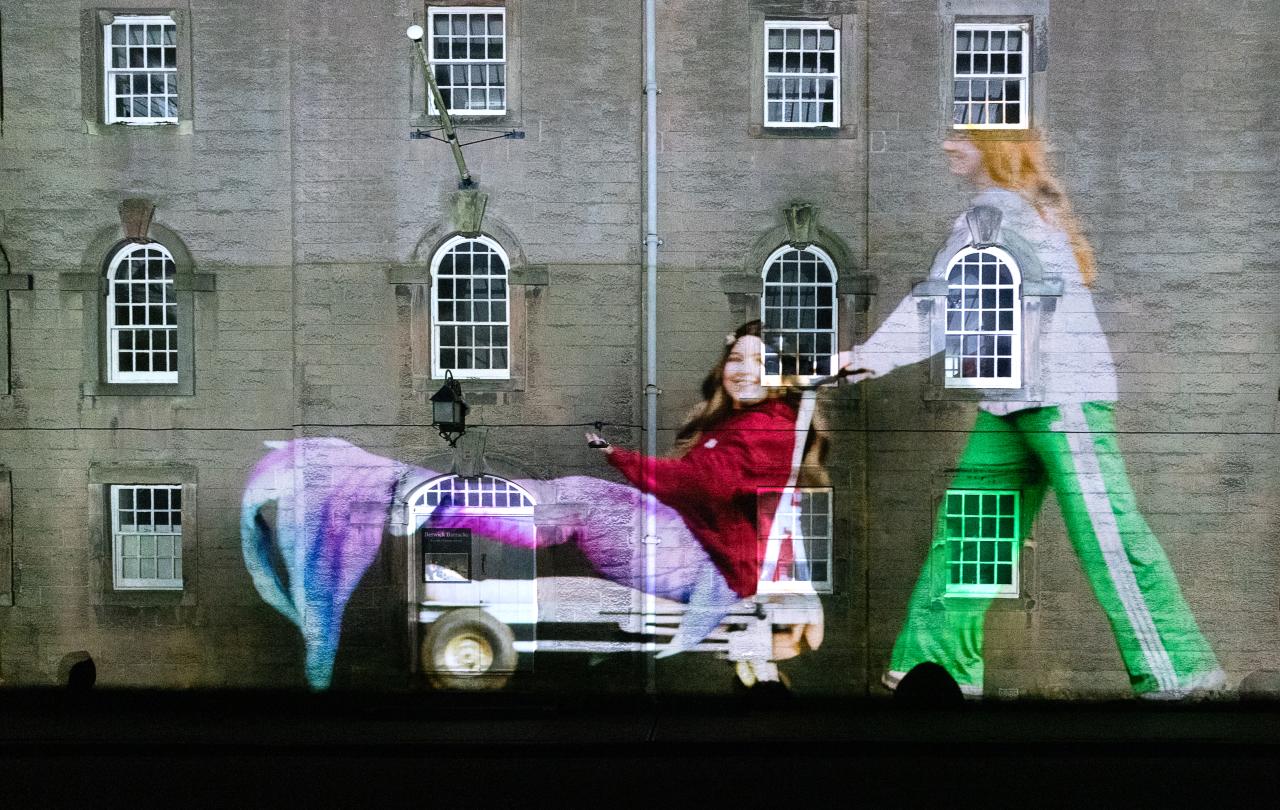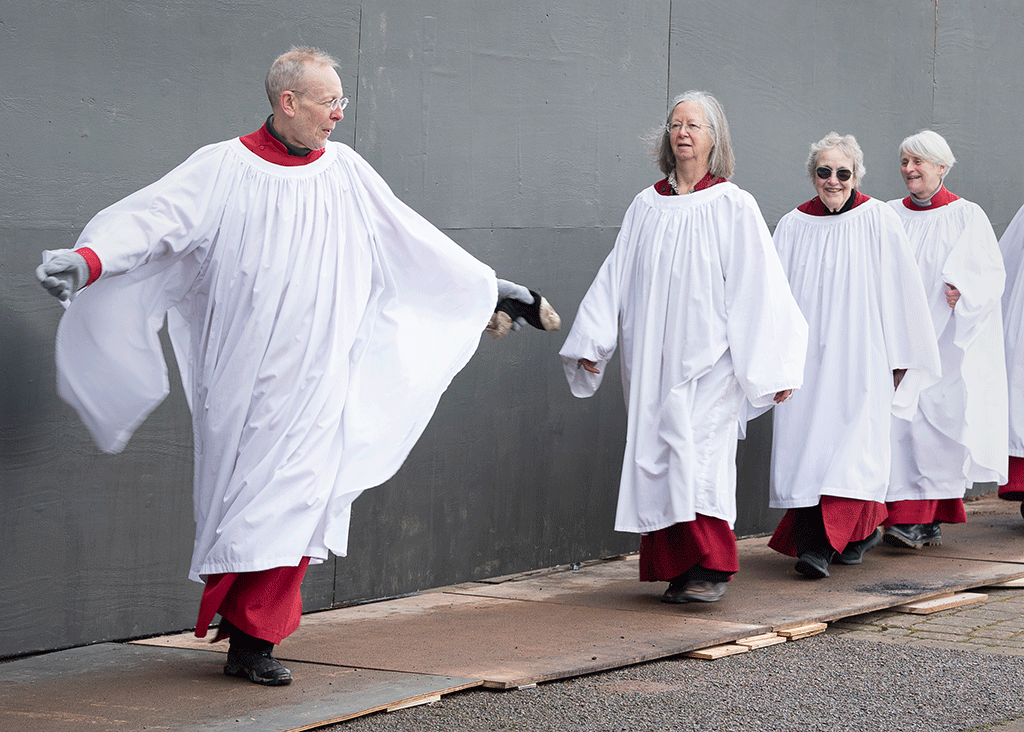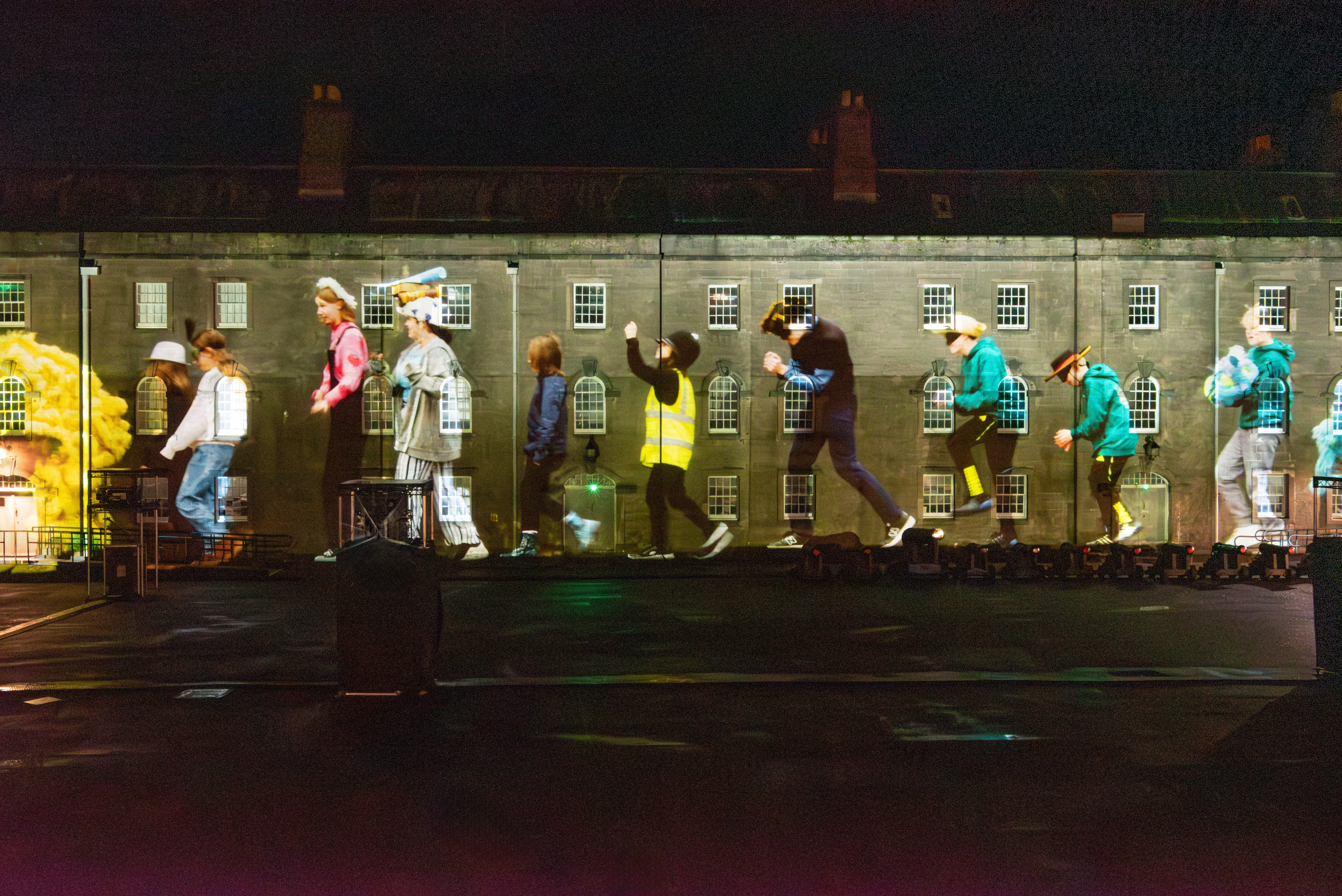South Sudan as a sovereign state gained its independence in 2011 after experiencing a civil war which lasted for many decades. According to the 2018 International Religious Freedom Report, Christians make up 60 per cent of the population, 33 per cent constitute indigenous religion followers among whom some combine both Christian and indigenous practices.
In 2012 Christian faith in South Sudan celebrated the centenary of sustained Christianity in the land, for both the Roman Catholic church and the Protestants (Episcopal Church of South Sudan - Anglican Communion). There has been a tremendous growth of Christian faith in South Sudan and an increased number of Christian denominations. Lives have been saved and many South Sudanese have received Christ as their personal saviour. The Christian faith has also played a major role through its evangelization in drawing many people of all ages to participate in church activities and more. The church offers psychological and social support, inter-religious peace building initiatives, education, health and care that is changing lives. Christian faith is embedded in the reality and life situations of the people.
What does daily reality look like for people trying to live out their faith?
Life in South Sudan is characterized by war, tribal and communal conflicts. This has left the country facing many challenges, and the people are living in fear. Those who are trying to live out a Christian faith in South Sudan are not excepted from the general challenges and problems. The primary problem the majority face is the cost of living and security.
High inflation in the country is a factor of socio-economic problems and the hit of COVID in 2020. Life has never been the same since. Over 80 per cent of the people in South Sudan live below the poverty line. Despite the living conditions, as Christians, many have not ceased to live out a Christian faith. This is evidence by Christians participating in huge numbers during every Sunday Mass, prayer gatherings, Bible studies and church activities. Door to door and targeted evangelism mission outreach are effective. And a great number of people are called to the ministries such as becoming clergy, being commissioned as youth ministry leaders, Mothers’ Union members, evangelists and lay workers in the church.
What are the pressures and dangers being faced?
Due to lack of political will among the key players to permanently end conflict and bring peace to the people of South Sudan, there is still the danger of insecurity and fear among people in many parts of the country. Politics and socio-economics challenges and differences remain a problem. Christian faith also faces a danger of insurging witchcraft practices. Massive prayer initiatives are the response of the church. The mission to evangelise, teach and disciple remains a burden as a third of the people of South Sudan constitute indigenous religion followers or follow emerging false prophets. Because of the current economic situation, the church is lacking finance for its developmental programs. These range from capacity building, through missions, youth and women programmes, to working with vulnerable groups providing health and education. This poses a threat in the smooth gospel mission and discipleship programs.
How is Christianity fuelling justice?
South Sudan’s independence struggle was often considered a fight for religious freedom for the mostly Christian south against the Islamist government in Khartoum. With the current situation, the church has always been a key advocate for justice. As her role is to fuel justice, the church has been promoting dialogue, healing and reconciliation amid the ongoing political strife and ethnic conflicts. In 2017/2018, the South Sudan Council of Churches and its partners conducted a “Community Conversation” as an Action Plan for Peace aimed at documenting the voice of the people towards peacebuilding and addressing community issues and differences. The church is never silent to speak out against abuses of power and injustices in the Country. On 10 March 2023, the South Sudan Council of Churches released a statement which reads, “Deeper than simply avoiding war, nonviolence calls us to a new way of life which respects the dignity of every person and the integrity of creation. Nonviolence names a core value of the Gospel, in which Jesus combined an unmistakable rejection of violence with the power of love and truth in action for justice and peace. It is much more than the absence of violence and it is never passive. It is a spirituality, a constructive force, an effective method for social force, an effective method for social transformation, and a powerful way of life committed to the well-being of all. It rejects any form of violence and commits itself to a prophetic stance against violence and injustice. This is not a passive approach, not simply submitting to or colluding with violence, but is active and prophetic in responding to all forms of violence, amongst individuals, families, clans, tribes, and political and military factions, and including systemic violence embedded in our cultural, societal, and political life.”
What about the upcoming election?
Every South Sudanese is looking forward to a “free and fair” vote in the upcoming 2024 elections. Church leaders are also urging the government to adhere to the peace agreement it signed with its rivals, and to conduct a peaceful election. From the viewpoints of the current political climate, though the government has shown commitment to conduct elections in December 2024, remember that elections were to be conducted in February 2023 but did not materialize. The certainty of conducting elections in 2024 remains unclear. The facts are that the following measures needed to run an election have not yet been implemented: electoral laws, a census, voter registration and constituency boundaries, safe environments to vote, repatriation of refugees and security arrangements. Revitalized peace agreement protocols are also yet to be fully implemented. Looking at the remaining period to elections, this poses a question whether the election will be viable or not. From a Christian perspective, there is hope, with God nothing is impossible. The church is praying and working closely with the political parties and other community organizations to ensure there are elections in 2024.









